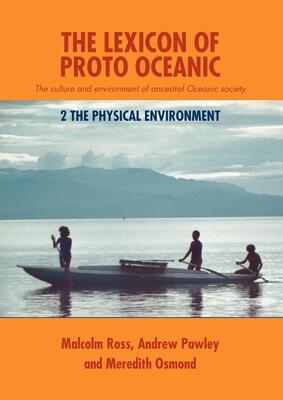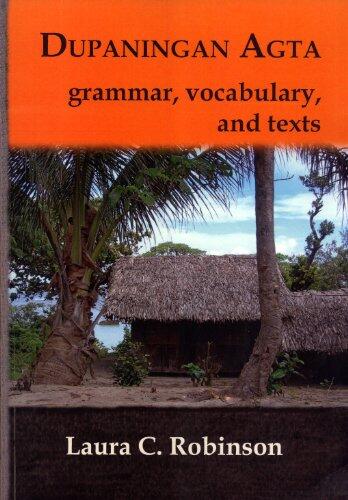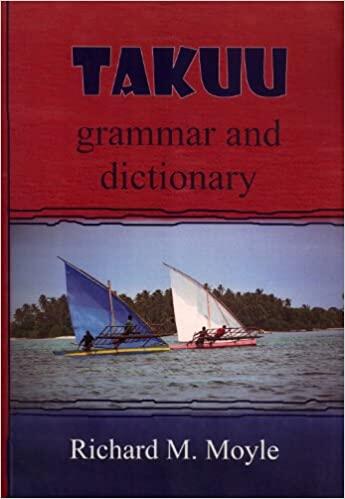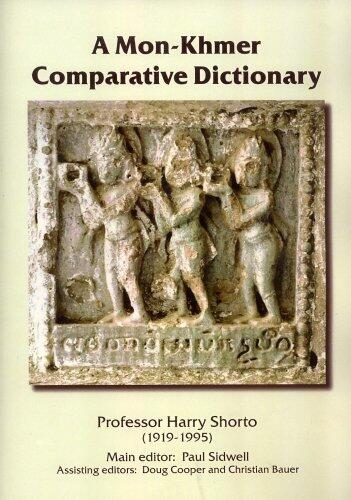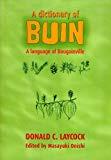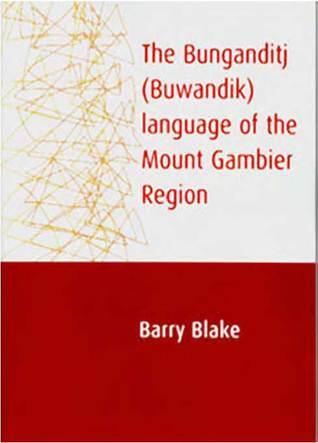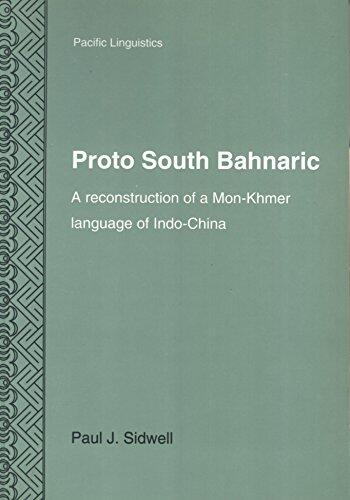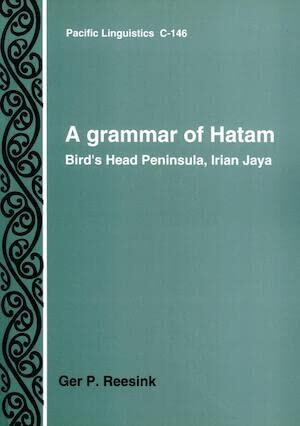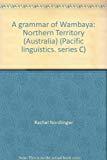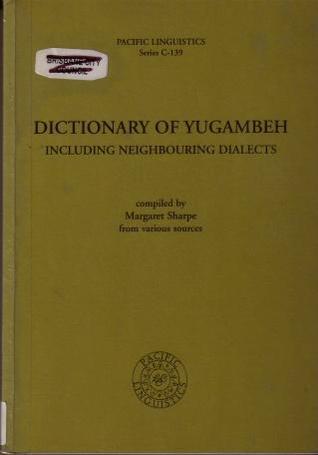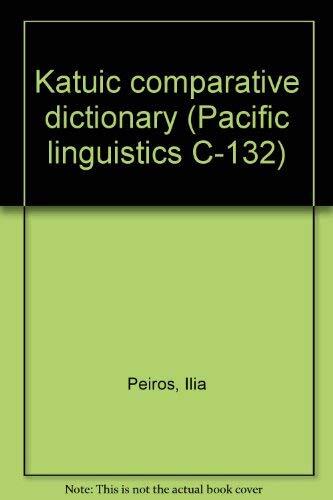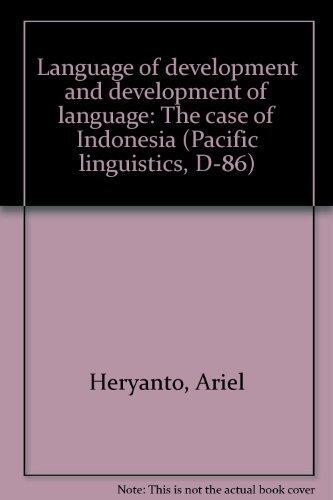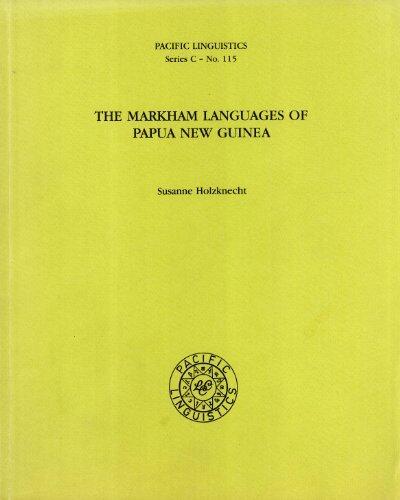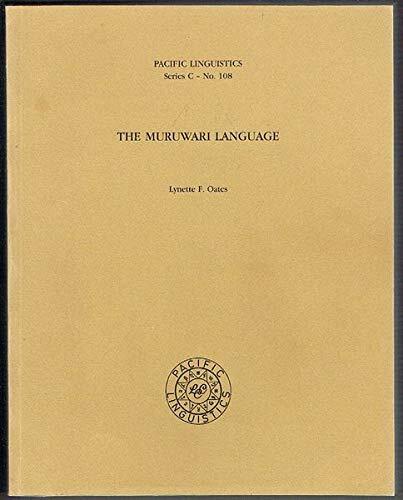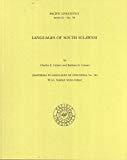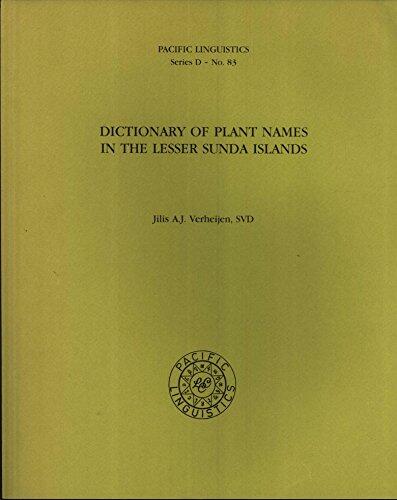
Dictionary of plant names in the Lesser Sunda Islands
아직 평점이 없습니다
형식
페이퍼백
페이지
267
언어
영어
출판됨
Jan 1, 1990
출판사
Dept. of Linguistics, Research School of Pacific Studies, Australian National University
ISBN-10
0858833999
ISBN-13
9780858833999
설명
This comprehensive work offers a detailed exploration of plant names found in the Lesser Sunda Islands, an area rich in biodiversity and traditional knowledge. Jilis A. J. Verheijen meticulously compiles a collection of botanical terminologies, reflecting the unique linguistic landscape of the region. Each entry serves as a gateway into the interaction between the local cultures and their environment, highlighting how language and nature intertwine in these island communities.
The dictionary not only serves as a reference for scholars of botany and linguistics but also provides insights into the traditional uses and cultural significance of various plants. Verheijen’s careful documentation emphasizes the importance of preserving indigenous knowledge that is often overlooked but vital for ecological understanding and conservation efforts.
With its thoughtful organization and in-depth coverage, this work stands as an essential resource for anyone interested in the flora of the Lesser Sunda Islands, as well as the linguistic heritage that accompanies it. It is a bridge connecting the past with contemporary understanding, underscoring the invaluable relationship between people and plants in this vibrant region.
The dictionary not only serves as a reference for scholars of botany and linguistics but also provides insights into the traditional uses and cultural significance of various plants. Verheijen’s careful documentation emphasizes the importance of preserving indigenous knowledge that is often overlooked but vital for ecological understanding and conservation efforts.
With its thoughtful organization and in-depth coverage, this work stands as an essential resource for anyone interested in the flora of the Lesser Sunda Islands, as well as the linguistic heritage that accompanies it. It is a bridge connecting the past with contemporary understanding, underscoring the invaluable relationship between people and plants in this vibrant region.
